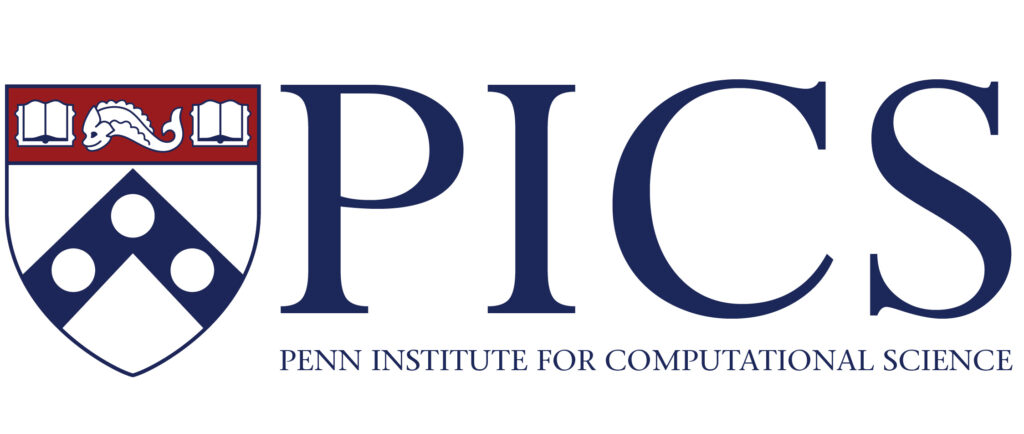MEAM PhD graduate and PICS member Justin Cooke recently published a paper titled, “The Evolution of Turbulence Producing Motions in the ABL Across a Natural Roughness Transition” on June 7th, 2024. The paper can be found on arXiv.
Title
The Evolution of Turbulence Producing Motions in the ABL Across a Natural Roughness Transition
Abstract
Landforms such as sand dunes act as roughness elements to Atmospheric Boundary Layer (ABL) flows, triggering the development of new scales of turbulent motions. These turbulent motions, in turn, energize and kick-up sand particles, influencing sediment transport and ultimately the formation and migration of dunes — with knock on consequences for dust emission. While feedbacks between flow and form have been studied at the scale of dunes, research has not examined how the development of an Internal Boundary Layer (IBL) over the entire dune field influences sediment-transporting turbulence. Here, we deploy large-eddy simulation of an ABL encountering a natural roughness transition: the sand dunes at White Sands National Park, New Mexico. We analyze turbulence producing motions and how they change as the IBL grows over the dune field. Frequency spectrum and Reynolds shear stress profiles show that IBL thickness determines the largest scales of turbulence. More, the developing IBL enhances the frequency, magnitude and duration of sweep and ejection events — turbulence producing motions whose peaks systematically migrate away from the wall as the IBL thickens. Because sweep and ejection events are known to drive sediment transport, our findings provide a mechanism for coupling the co-evolution of the landscape and the ABL flow over it. More broadly, our results have implications for how roughness transitions influence the transport of pollutants, particulates, heat, and moisture.
